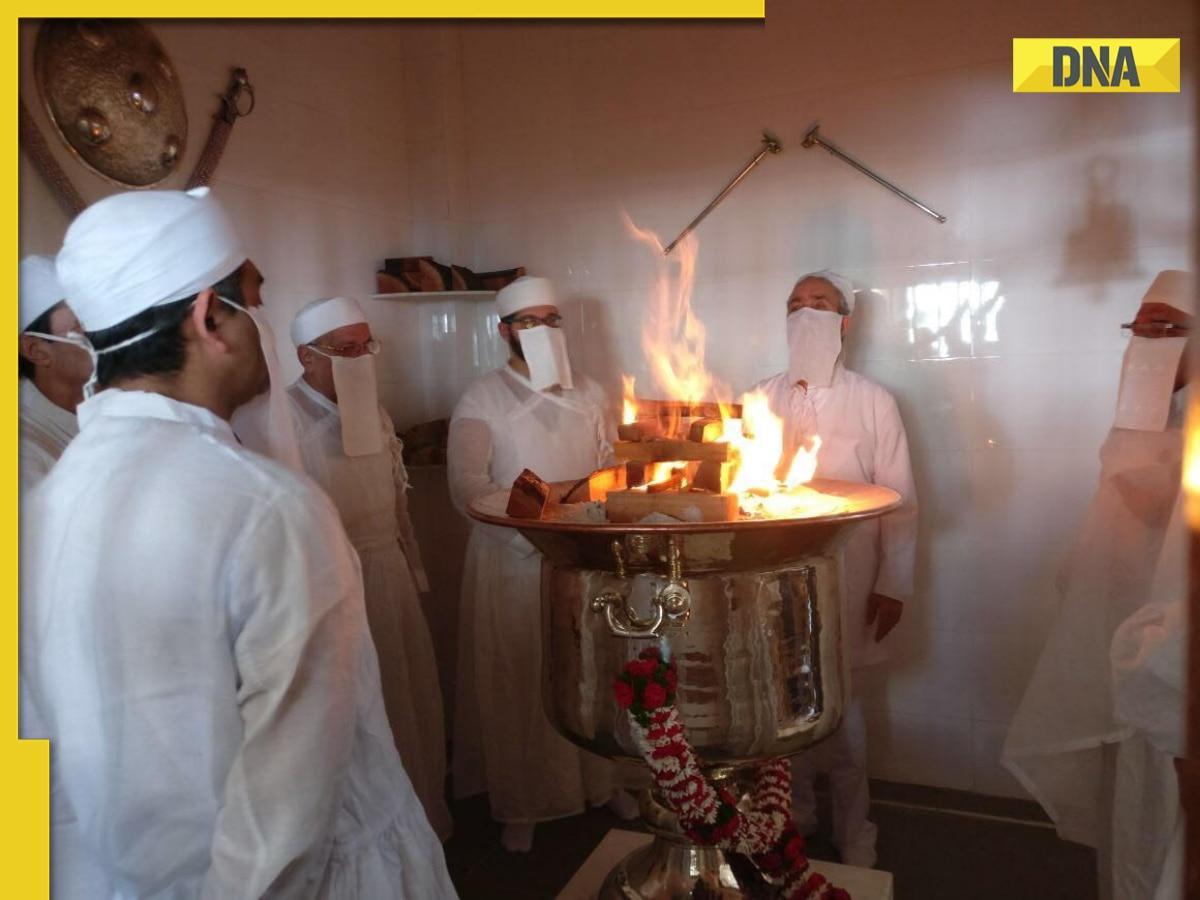
Zoroastrianism, one of the oldest known religions, heralds from ancient Persia and dates back to the sixth century BC. This religion was established by the priest Zarathustra, whom the Greeks referred to as Zoroaster. Grounded in the sacred texts known as the Zend Avesta, Zoroastrianism not only shaped the spiritual landscape of ancient Iran but has also maintained its significance through the ages.
### The Founding and Core Beliefs
Mahatma Zarathushtra, or Zoroaster, is venerated as the founder of Zoroastrianism, which is also called the Zarathushtra religion. The adherents of this religion are known as Parsis, although the global community is broadly referred to as Zoroastrians. Central to their belief system is the worship of a singular god named Ahura Mazda, or Hormazd. Ahura Mazda shares characteristics with the Hindu Vedic god Varuna, illustrating an ancient connection between these old beliefs.
The core philosophy of Zoroastrianism revolves around the dualistic nature of existence, encapsulated in the eternal struggle between good and evil. Ahura Mazda represents the ultimate force of good and order, ever opposed by Angra Mainyu (Ahriman), the embodiment of chaos and evil. Parsis are encouraged to live a life of good deeds, thoughts, and words, aligning themselves with the forces of righteousness.
### Deities and Worship
Although Ahura Mazda reigns supreme in Zoroastrian belief, the religion recognizes lesser divine entities known as Yazatas. These celestial beings embody various aspects of creation and serve to assist Ahura Mazda in maintaining order and goodness in the world. However, there is a common misconception that Zoroastrians worship fire as a deity. In truth, fire serves as a sacred medium for worshipping Ahura Mazda. This element symbolizes purity and the divine light, emphasizing its importance in various rituals and ceremonies.
.
### Historical and Cultural Significance
In ancient Iran, Zoroastrianism was a dominant religion until the rise of Islam in the seventh century AD, after which a significant portion of the population converted to Islam. Nevertheless, the remnants of Zoroastrian influence have persisted throughout history. For instance, the Farvahar symbol, an ancient emblem associated with Zoroastrianism, was adopted by the Pahlavi dynasty in the 20th century, illustrating its lasting significance as a symbol of Iranian heritage.
### Sacred Texts and Language
The fundamental scripture of Zoroastrianism is the Zend Avesta, composed in the ancient Avesta language. This language has its roots in Rig Vedic Sanskrit, underscoring the scriptural and linguistic connections between Zoroastrianism and other ancient Indo-Iranian traditions. The Zend Avesta encapsulates hymns, liturgical texts, and religious doctrines that are central to the Zoroastrian faith, guiding the spiritual practices and lifestyle of its followers.
### Places of Worship
Zoroastrian worship is conducted primarily in fire temples, known as Agiyari or Dar-e-Mehr. These temples hold a sanctified fire that is meticulously curated and symbolizes eternal purity. The entrance to these temples is generally restricted to Parsis, underscoring the esoteric nature of Zoroastrian rituals. One of the prominent fire temples is situated in Kolkata, India, and it stands as a testament to the community’s enduring commitment to their faith.
### Modern-Day Practices
In contemporary times, the Parsi community continues to preserve its rich traditions and worship practices. Ahura Mazda remains the central focus of their devotion, and the reverence for fire continues to be a pivotal aspect of their spiritual life. The teachings enshrined in the Zend Avesta remain vital in guiding both the spiritual and daily lives of Parsis, sustaining a heritage that has prevailed through the millennia.
In essence, Zoroastrianism provides a unique framework that emphasizes moral integrity, the purification of inner self, and the eternal struggle between good and evil. As one of the most ancient religions in human civilization, it has intricately woven its legacy into the cultural and historical tapestry of modern Iran and the global Parsi community.












